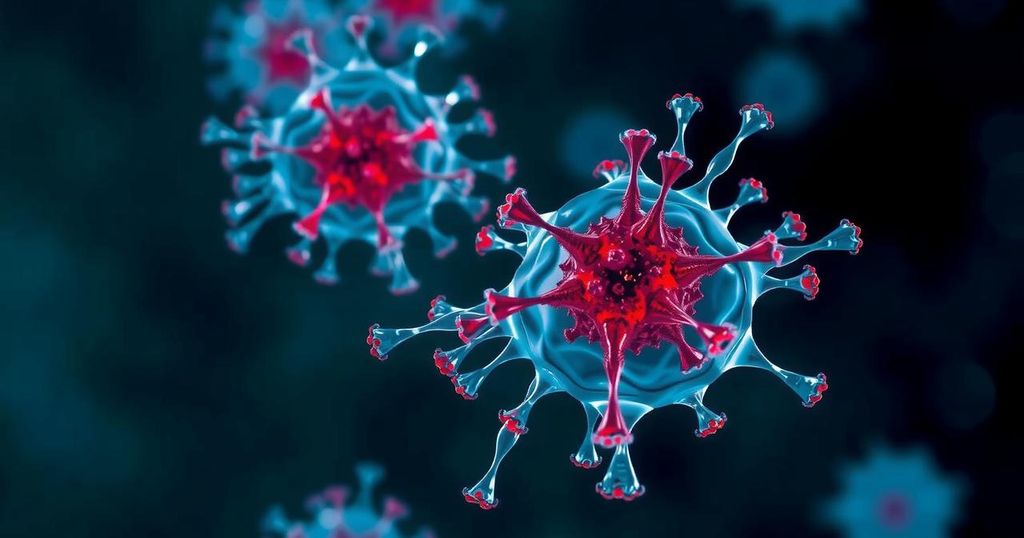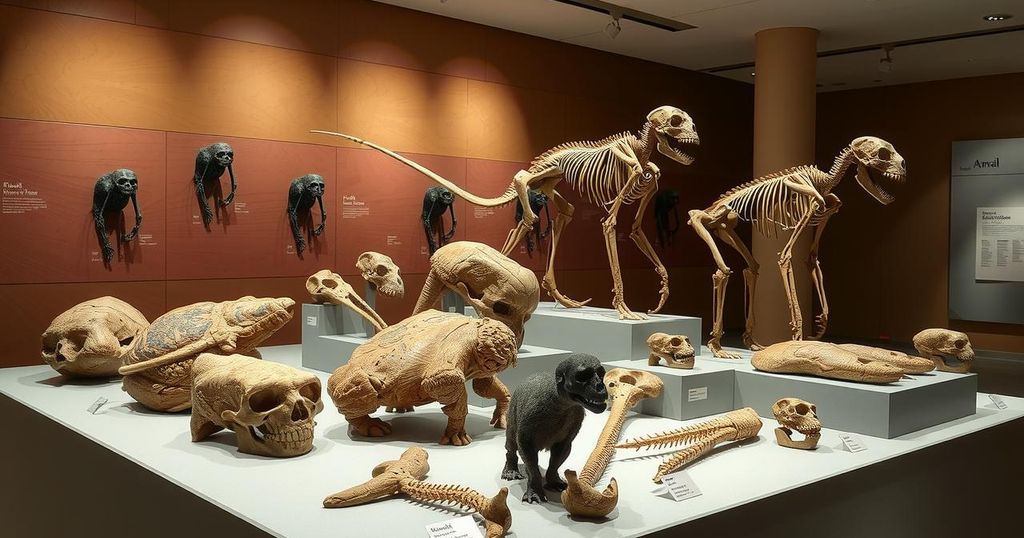Cheek Swabs: A Revolutionary Way to Predict Mortality Risk Via Epigenetics
Researchers have introduced CheekAge, a new epigenetic clock that uses cheek cells to predict mortality risk, providing a non-invasive alternative to blood tests. This method accurately reflects biological aging and correlates with increased mortality risk among older adults. Future studies may uncover deeper links between specific genes and longevity, enhancing our approach to assessing health in aging populations.
Scientists have made a ‘cheeky’ breakthrough with a new epigenetic clock named CheekAge, which uses easily collected cheek cells to predict mortality risk. This innovative method offers a less invasive and more efficient alternative to traditional blood sample methods. Over a decade, epigenetic clocks have emerged to measure biological aging through DNA methylation patterns, with CheekAge leveraging these advances to accurately reflect the relationship between genetic markers and health outcomes, particularly in older adults.
In a study published in Frontiers in Aging, researchers found that CheekAge correlates with mortality risk among older participants, with a notable finding that a single standard deviation increase in CheekAge equates to a 21% uptick in mortality risk. The study suggests that common mortality signals exist across various tissues, highlighting the potential for cheek swabs in aging research. This correspondence opens the door for deeper explorations into gene impacts on lifespan and the development of age-related diseases.
As research progresses, the implications of this discovery could lead to more effective strategies for health assessments and interventions aimed at promoting a healthier aging process. The researchers expressed interest in exploring how specific genes linked to these methylation sites may influence longevity, paving the way for exciting future studies on aging and healthspan.
The implications of leveraging easy-to-collect biological materials, like cheek swabs, for accurate mortality risk assessment marks a significant leap in understanding human aging and health.
The field of epigenetic research has seen an evolution in how scientists approach the study of aging. Traditionally, DNA methylation—the process by which methyl groups are added to the DNA molecule—was examined in blood samples, requiring invasive procedures. Over the years, researchers have noticed varying rates of aging influenced by genetics and environmental factors like diet and lifestyle choices. CheekAge represents a shift to a non-invasive method that can capture significant biological information simply and stress-free.
The advent of CheekAge, which estimates mortality risk through cheek cells, signifies a breakthrough in aging research. This innovative method offers a non-invasive alternative to blood tests, illuminating potential interconnections between specific genes, physiological aging, and mortality risk. As studies continue to explore these connections, there’s great potential for enhancing our understanding and management of health as we age.
Original Source: www.frontiersin.org




Post Comment